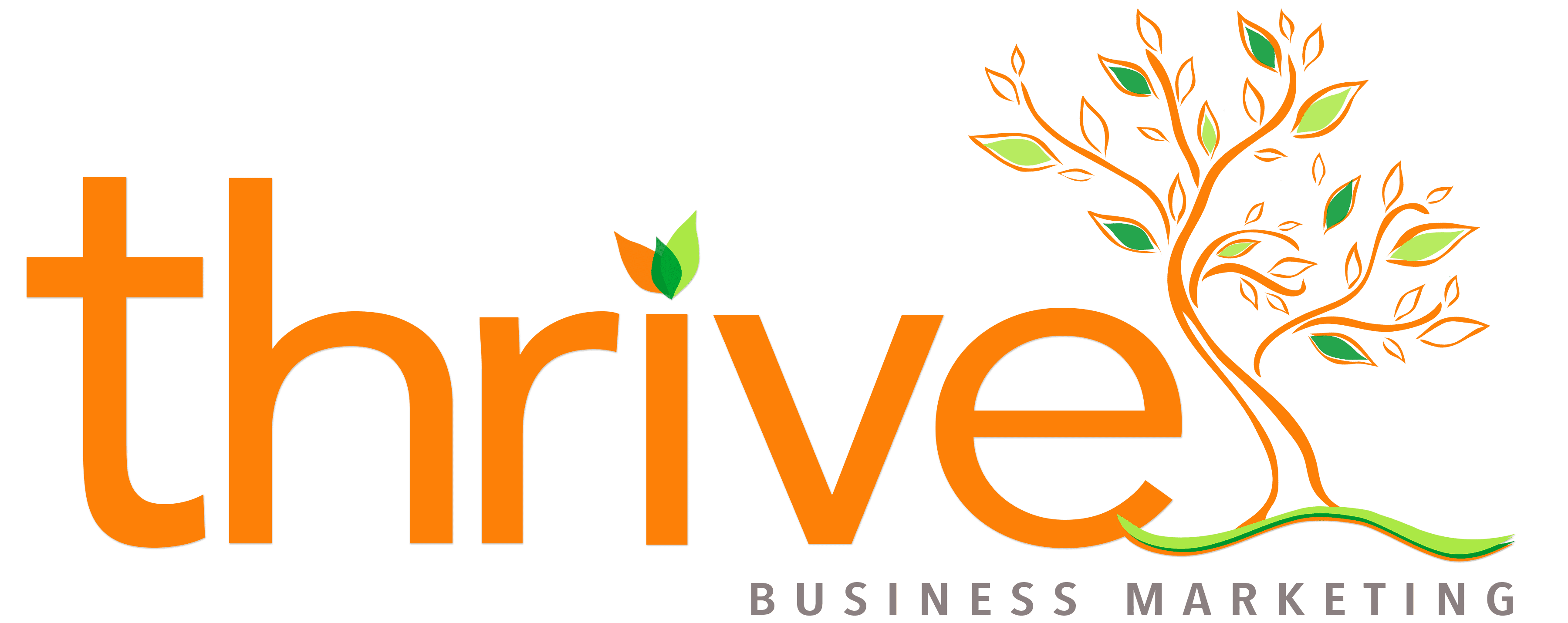Google’s Universal App Campaigns (UAC) was launched about two years ago in order to help developers drive app downloads. Since its release, UAC and AdWords app-install campaigns have co-existed together.
Google is now moving all app-install ads under the UAC umbrella. According to Google, as of October 16, app-install campaigns will be running as UAC ads. The current app-install campaigns will end their run on November 15. Because of this, it’ll be a smart idea for developers and publishers to convert their campaigns accordingly. (Google’s blog post has instructions on how to do this.)
These two mobile-app campaign types offered different features and capabilities, even though there was some distribution overlap. AdWords app-install ads offered users more direct control over placements and bidding, but it was more complex to create and manage.
UAC ads automatically get distributed across multiple Google channels, and use a CPA model With UAC, the ad creation and optimization gets radically simplified with automation and machine learning. Here is how UAC works:
[Y]ou don’t design individual ads for universal app campaigns. Instead, we’ll use your ad text ideas and assets from your app’s store listing to design a variety of ads across several formats and networks. All you need to do is provide some text, a starting bid and budget, and let us know the languages and locations for your ads. Our systems will test different combinations and show ads that are performing the best more often, with no extra work needed from you.
According to Google, 50 percent of all app downloads across their network is now driven by UAC. One reason behind UAC’s performance is the ability to bid and optimize against a range of goals – CPI, CPA or ROAS and set up automated Smart Bidding based on those goals.
There seems to be a shift fro pure install-driven campaigns (download) to those that are focusing on engagement or specific in-app actions (hotel booking, first right and the like). Google said that marketers who “optimize for in-app actions with UAC, on average, drive 140 percent more conversions per dollar than other Google app promotion products.” At the very least, this is in part due to ad creatives and CTAs are likely more compelling than pain-vanilla downloads.
Google said that one in four mobile-app-related ad dollars is currently focused on promoting in-app events/conversions. There are 2 billion active Android users globally, with Google Play being live in 190 countries.
Another significant thing about the shift to UAC, aside from the migration itself, is what what it represents about the future of the ad business for Google. The company plans to infuse more automation, goal-based bidding, machine learning and auto-optimization across Google’s channels to simplify ad creation and improve performance, for both advertisers and itself.
Google offered Zynga as a case study of the success of UAC ads. the latter delivered the following from Kimberly Corbett, the VP of User Acquisition.
UAC campaigns have allowed us to trim down time spent optimizing while increasing our time advancing our media buying strategies by focusing on larger growth opportunities. We have titles where we’ve run large numbers of stand-alone campaigns without notable traction for scale and performance, but by transitioning to UAC event optimization, we’ve been able to increase performance with event optimization by 97% in one month.
Initially, we ran a UAC Target ROAS alpha campaign with Google, where we gave the campaign a revenue goal to hit. After running the campaign for about a month, we noticed that not only were goals being hit, but some were exceeded by as much as 54%. As a result, we expanded UAC Target ROAS to more games in our portfolio to achieve increased scale and performance.

